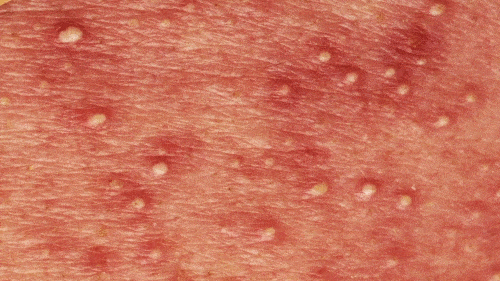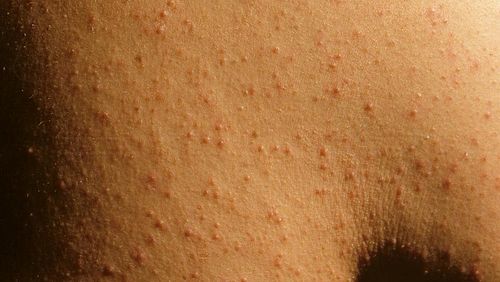Digital Dermatology
The human skin can be taken as a screen that visualises molecular processes inside the body. However, the information on this screen cannot be deciphered without practice. For example, a dermatology student must first have seen many thousands pictures of skin diseases before he or she can distinguish the many different symptoms. Algorithms, however, are learning much faster, at least when it comes to identifying individual skin diseases. In some areas, algorithms started to outperform humans, and their development is only just beginning. It is therefore more than likely that artificial intelligence is about to change the face of dermatology. The Digital Dermatology Group is contributing to this revolution through a number of research projects.
The research projects of the Dermatology Group at the DBE focus on body localisation of arbitrary skin images, eczema/psoriasis segmentation for severity assessment, quantification of pustules and brown spots for pustular psoriasis, skin cancer detection based on image and clinical meta data, generation of synthetic medical data, patient pictures anonymization with generative adversarial networks, skin image dataset translation from Caucasian to African pigmentation, and teledermatology for Africa. The ultimate goal is to develop an imaging system that completely scans patients and analyse their data before the consultation of the clinicians so that they already have in their hand a first patient report they can analyse before the consultations begin.
The group was installed at the DBE in 2018. By now it consists of three researchers, with more to come in the following years. They cooperate closely with researchers of the Immunology & Infectious Diseases group of the Navarini Lab and DBM, thus constantly linking insights from biological and digital research to develop a more comprehensive understanding of causes and symptoms of skin diseases.

Research group leader
Digital Dermatology
Hegenheimermattweg 167B/C
4123 Allschwil
Schweiz




